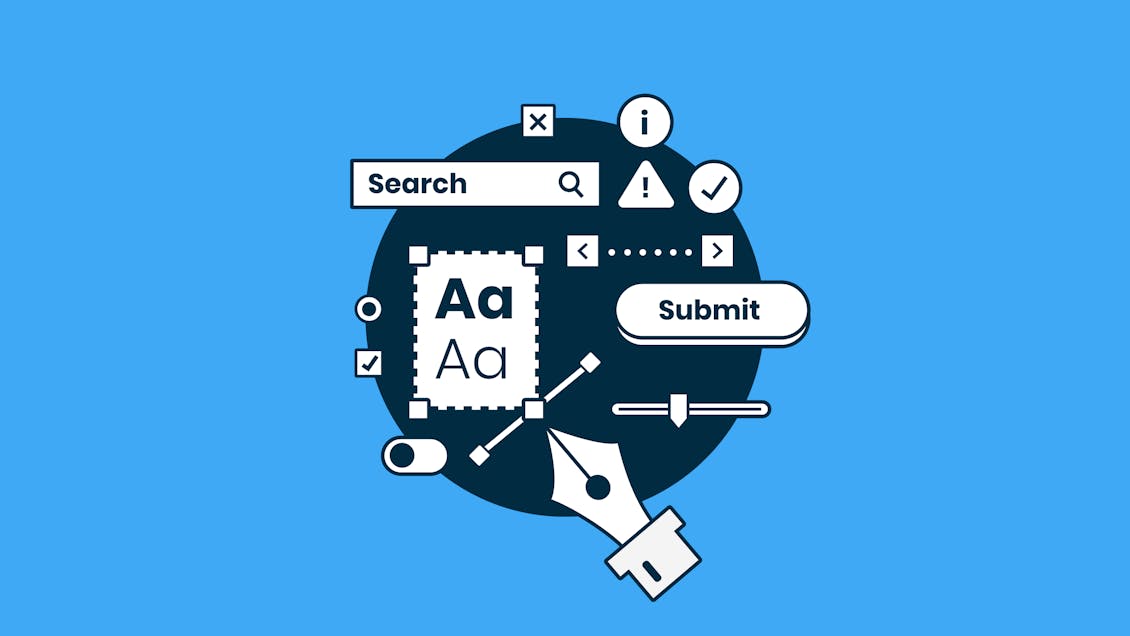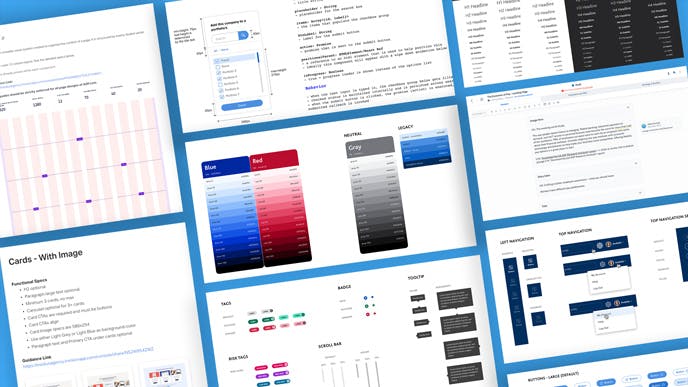Why every company should invest in a digital design system

A practical solution for digital business transformation
Whether it’s capital or talent, businesses today are pressed for resources. Organizations require agility to quickly, effectively, and proactively adapt to changing conditions, and the ability to do so drives real value.
At Modus, we’ve found a key way to help clients gain consistency across touch points (such as a product launch, website refresh, or marketing campaign) is by investing in a digital design system. In a world of agile product management and constant iteration, a company that can deliver design at scale and communicate its brand in all settings and scenarios will have a decided advantage.
What is a digital design system?
Simply put, a digital design system is a suite of reusable user interface (UI) components and solutions with the goal of creating efficiencies, brand alignment, and consistency to manage design at scale. A robust digital design system allows teams to collaborate and encourages process alignment, helps invoke a communication framework to meet specific goals, and creates clarity and definition across complex projects. It's for anyone who is going to interact with the brand or its communications, and continually evolves based on new products, tools, and technology.
A digital design system goes beyond a visual identity and is essentially a reference tool that can be used to execute quickly on a multitude of initiatives. It's a framework of elements that gives businesses the ability to deploy content expediently. Digital Design systems consist of rules and guidelines that promote efficiency and consistency for their creators and users. Upon implementation, digital design systems give teams the ability to move faster to produce higher quality products with greater accuracy.

The value of a digital design system
Consider this: if you could make any part of your business 10 percent more efficient, wouldn't you? Of course you would. With a digital design system, teams can see this type of improvement when they are developing digital projects. The larger the organization and the bigger the scale of the need, the more the savings will manifest. The philosophical change of moving from a product plan where each individual project needs to build the design from scratch to one where components can be applied as needed will pay massive dividends.
Speed to market is of the essence in the digital business world. An opportunity only remains an opportunity for a short period of time. Delay and it's gone. With a robust digital design system, it’s easier to get ideas, content, and experiences into the public view. Instead of having to start from the beginning every time, teams have a toolkit of assets that can be deployed almost immediately. And digital design systems also help with scaling, taking a product from MVP to thousands of users with ease.
As product teams move from a waterfall method to an agile method, they need to react faster. Being able to develop a beautiful, detailed product roadmap is great. But priorities constantly change, there are new features to launch, and the work stream gets splintered. There's rarely time to create a big picture. It's all about iteration on products and pieces, which need to be released on ever-shorter turnaround times. A digital design system makes this reality possible.
Developing a digital design system doesn't have to be difficult
Creating a digital design system may sound like an overwhelming project, but it doesn't have to be that way. There's no need to reinvent the wheel. Or, for example, a website button. The concept of a button is established; its basic form and function is understood and has been adopted. Where the innovation comes in is in how that button is used.
A digital design system follows a similar idea, albeit on a larger scale. The basic elements are known, and there are products to help achieve these units. Consider industry examples like Google's Material Design, which includes a number of UI elements and components that define best practices for designing UI. Using concepts like these as a foundation, digital design system creators can apply specific themes and customizations to achieve the most impact.
The ROI of digital design systems — removing ad-hoc work
We’ve all witnessed the recent growth in remote workers, turbulent turnover, and increased reliance on contract workers, all of which can make for costly onboarding for new projects and teams. In the quest for more consistent ways of working together to deliver consistent, delightful digital products and experiences, the future is tool-based and system-oriented. A digital design system provides a solid base for removing complexity and repetitive work and enabling collaboration — and it’s hard to put a price on that.


